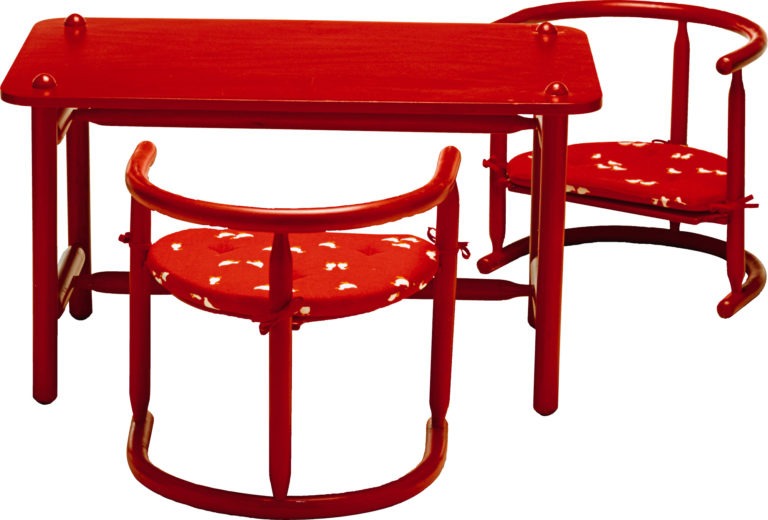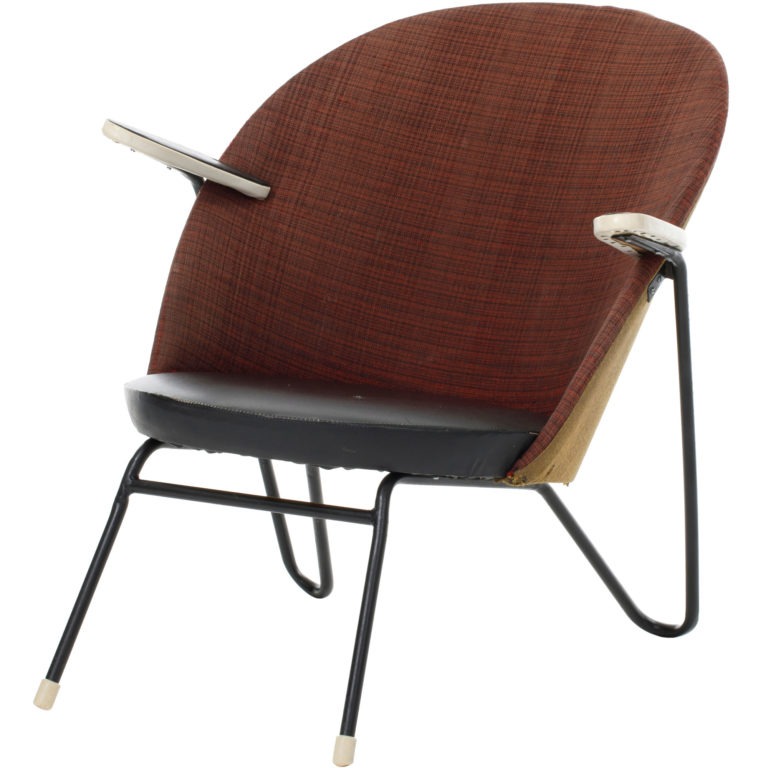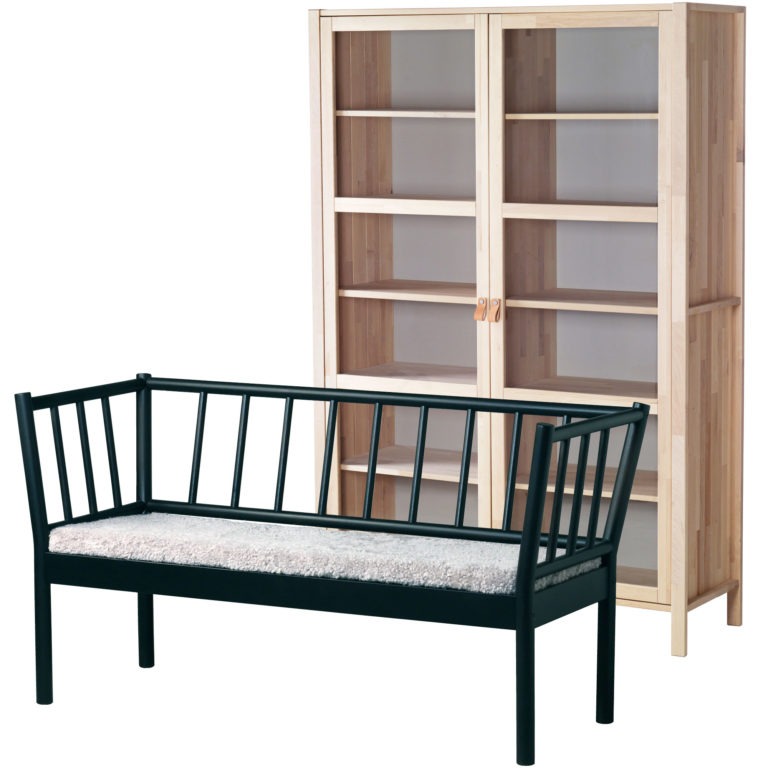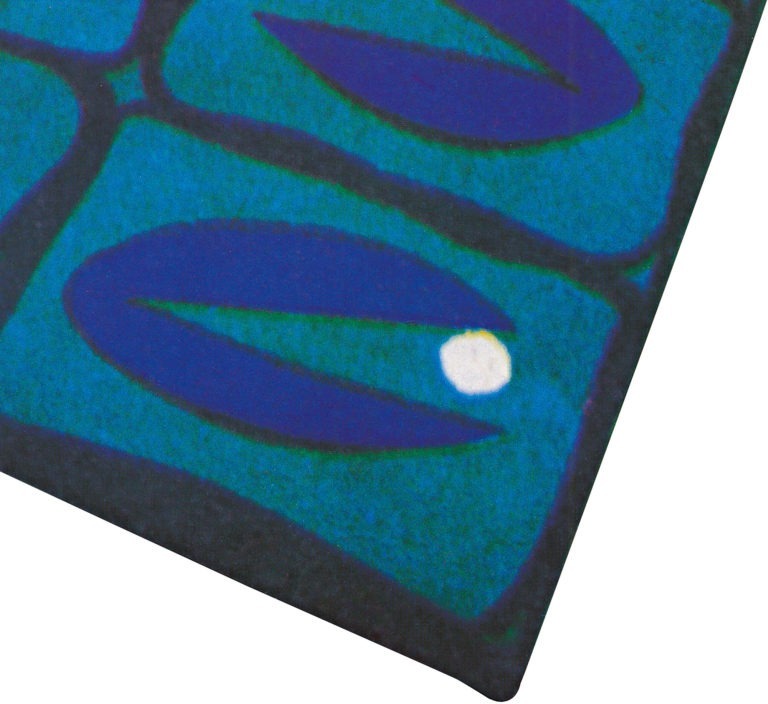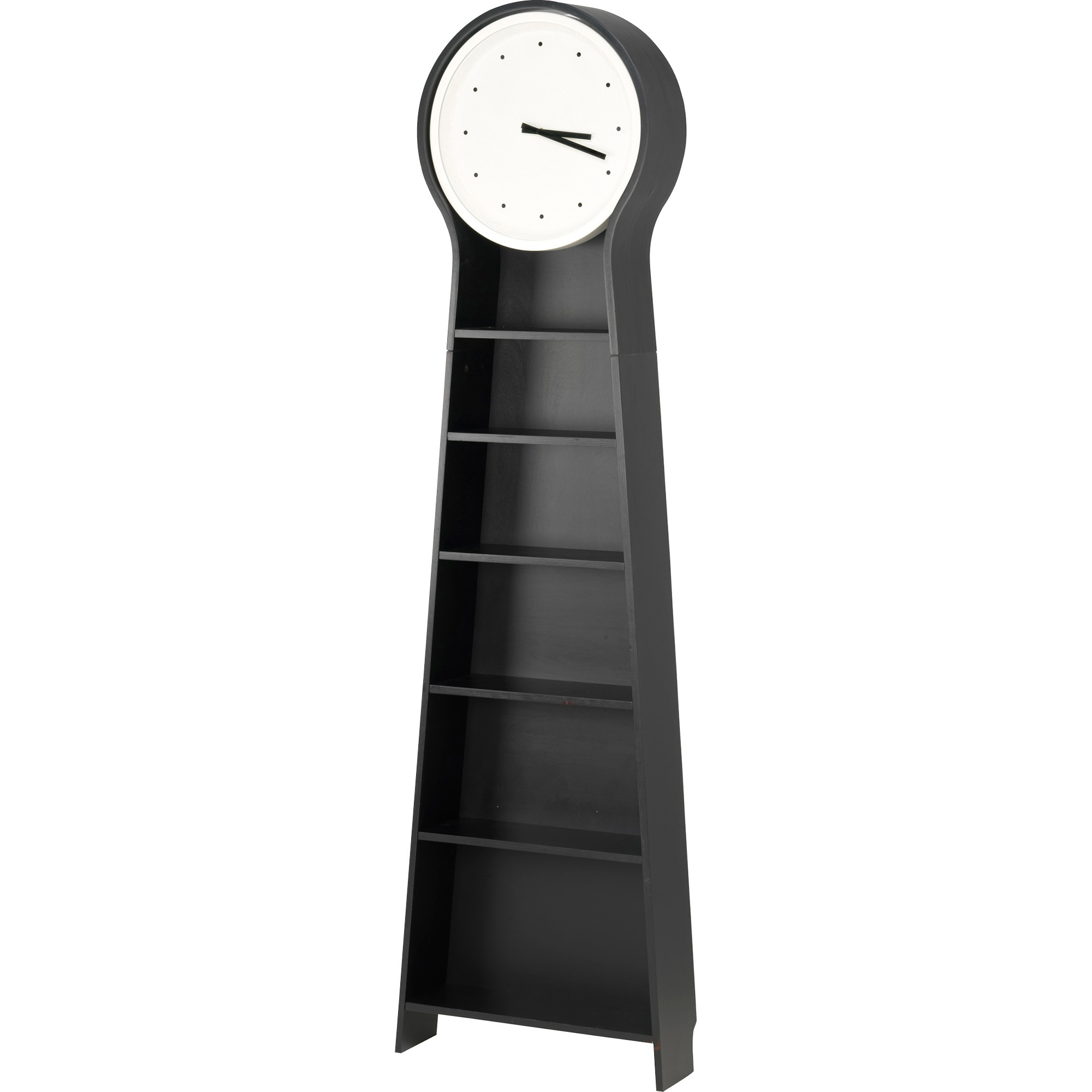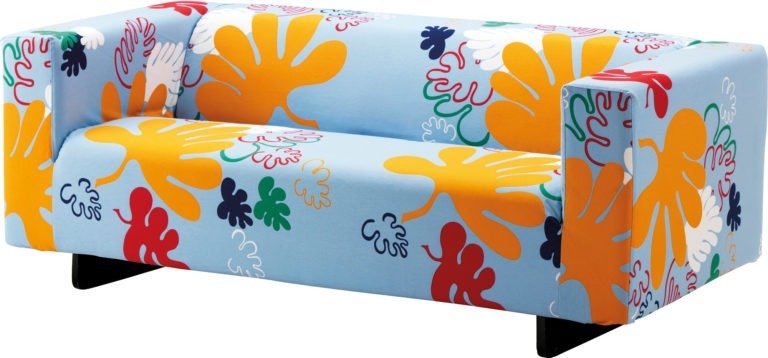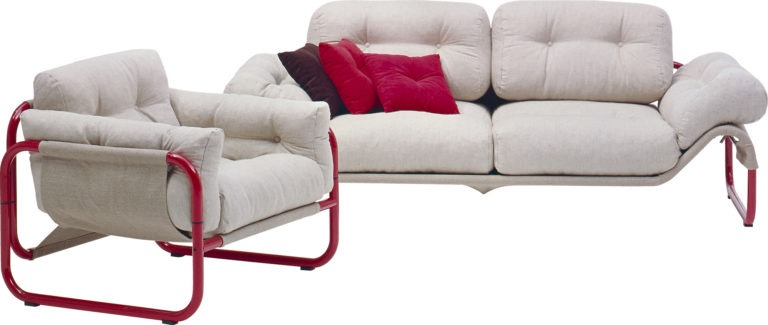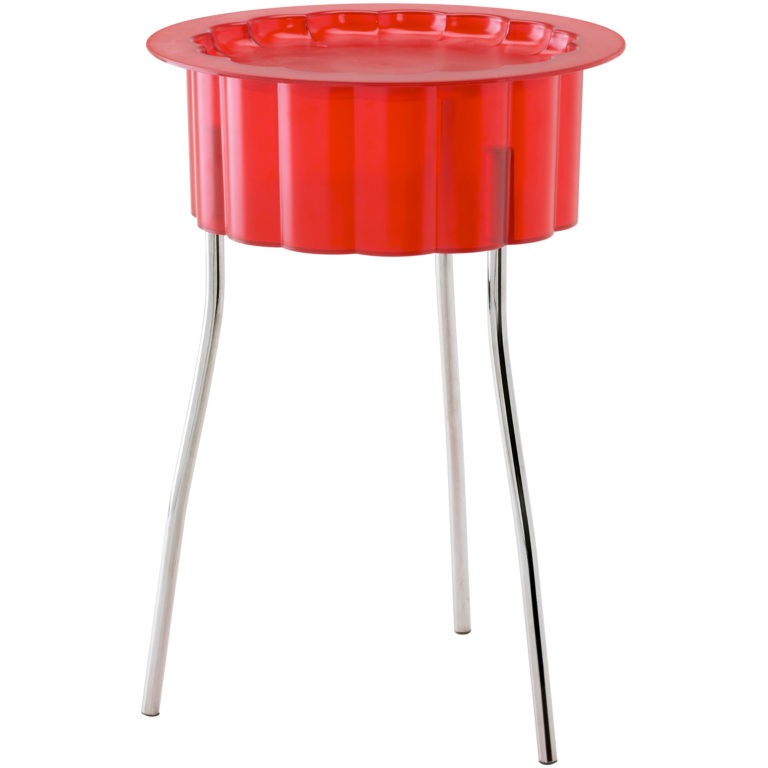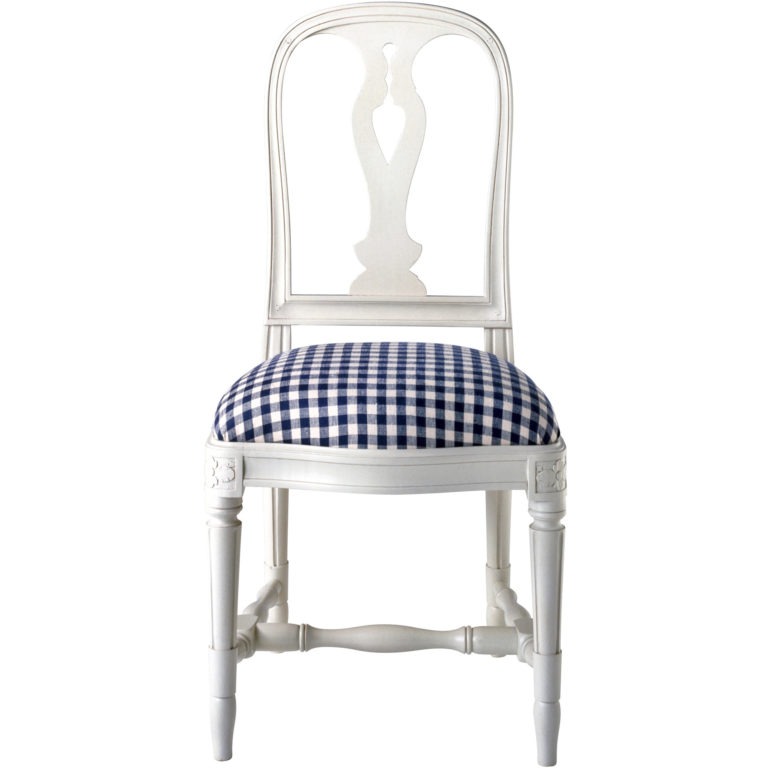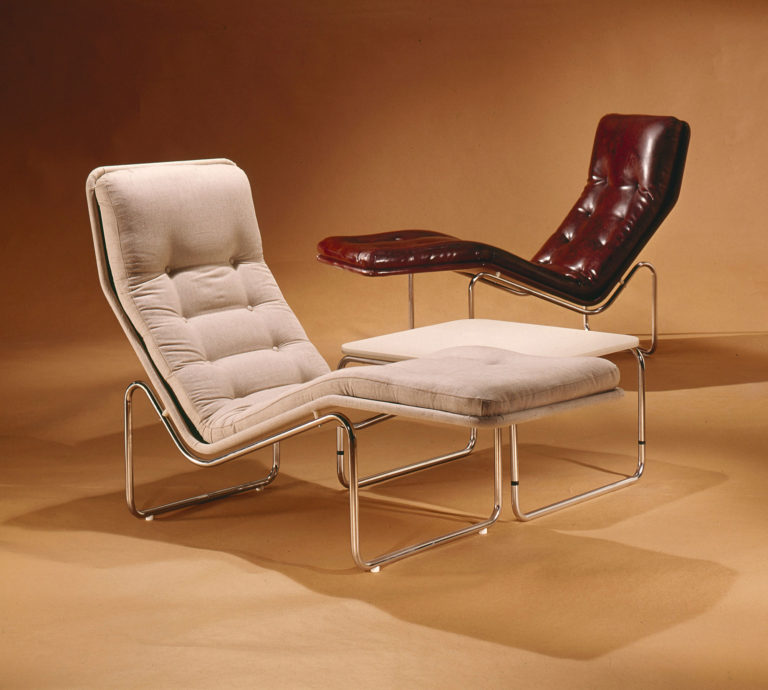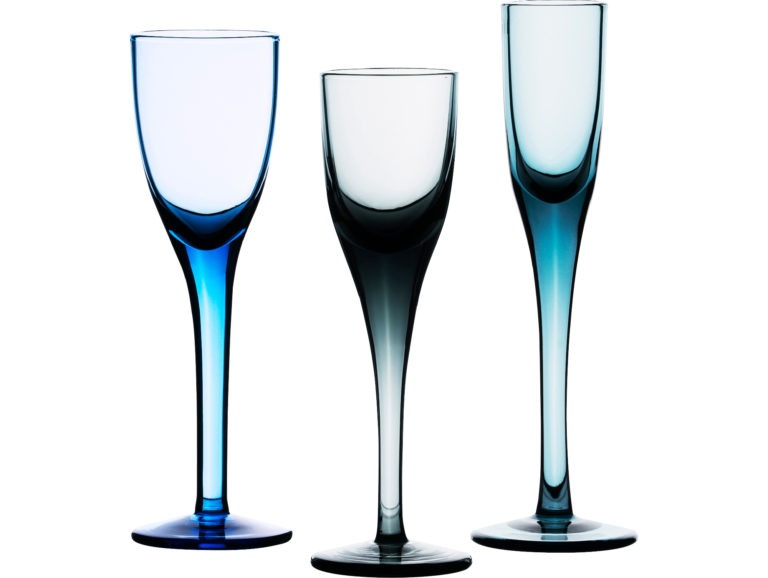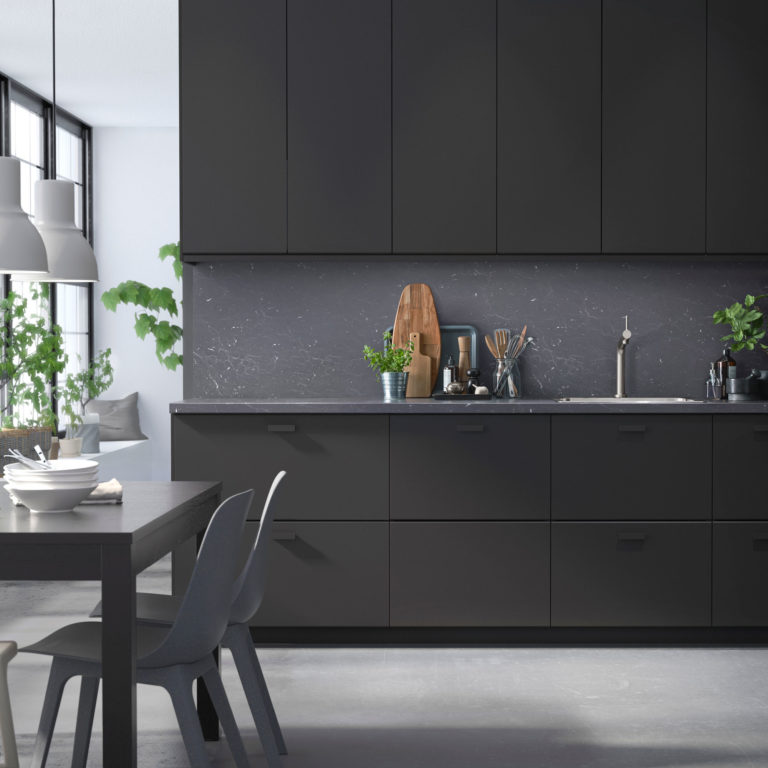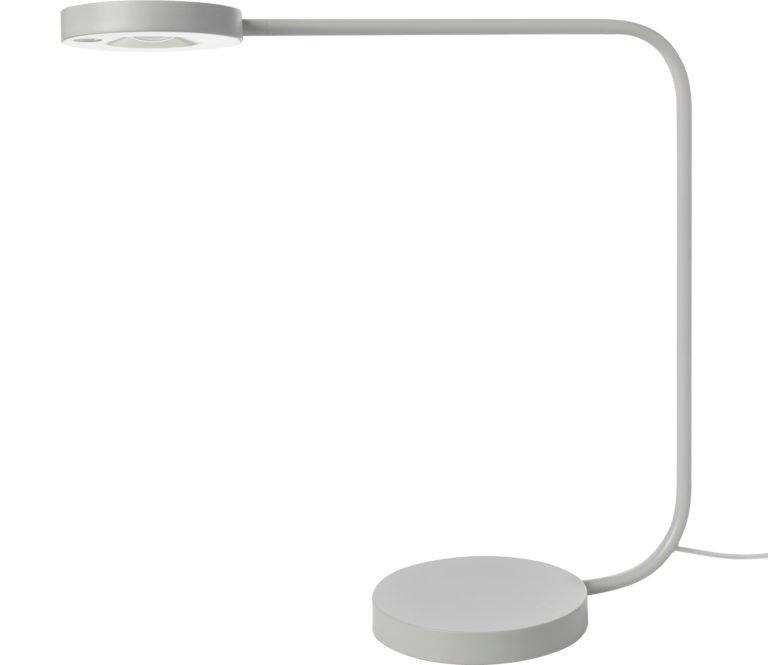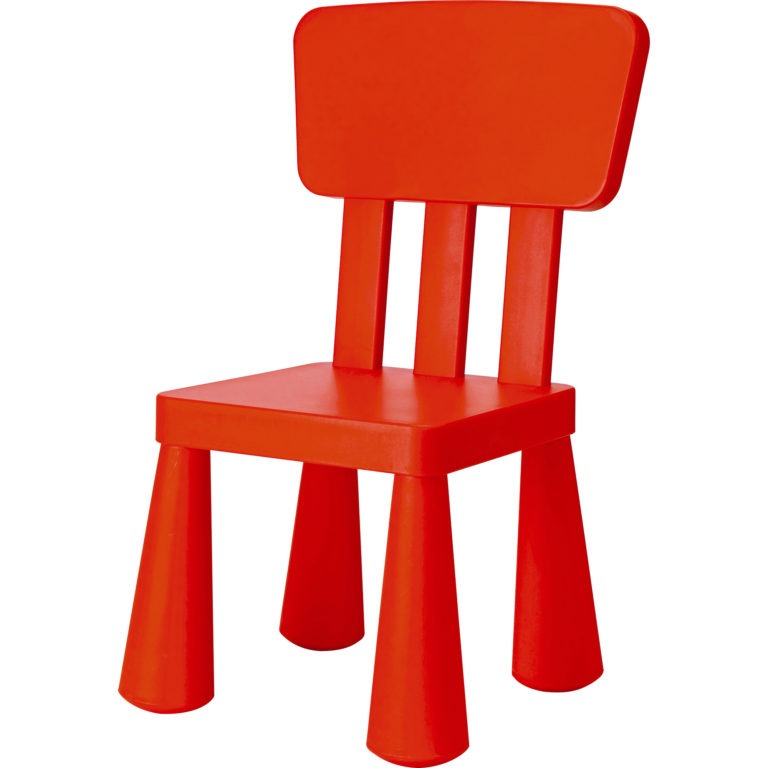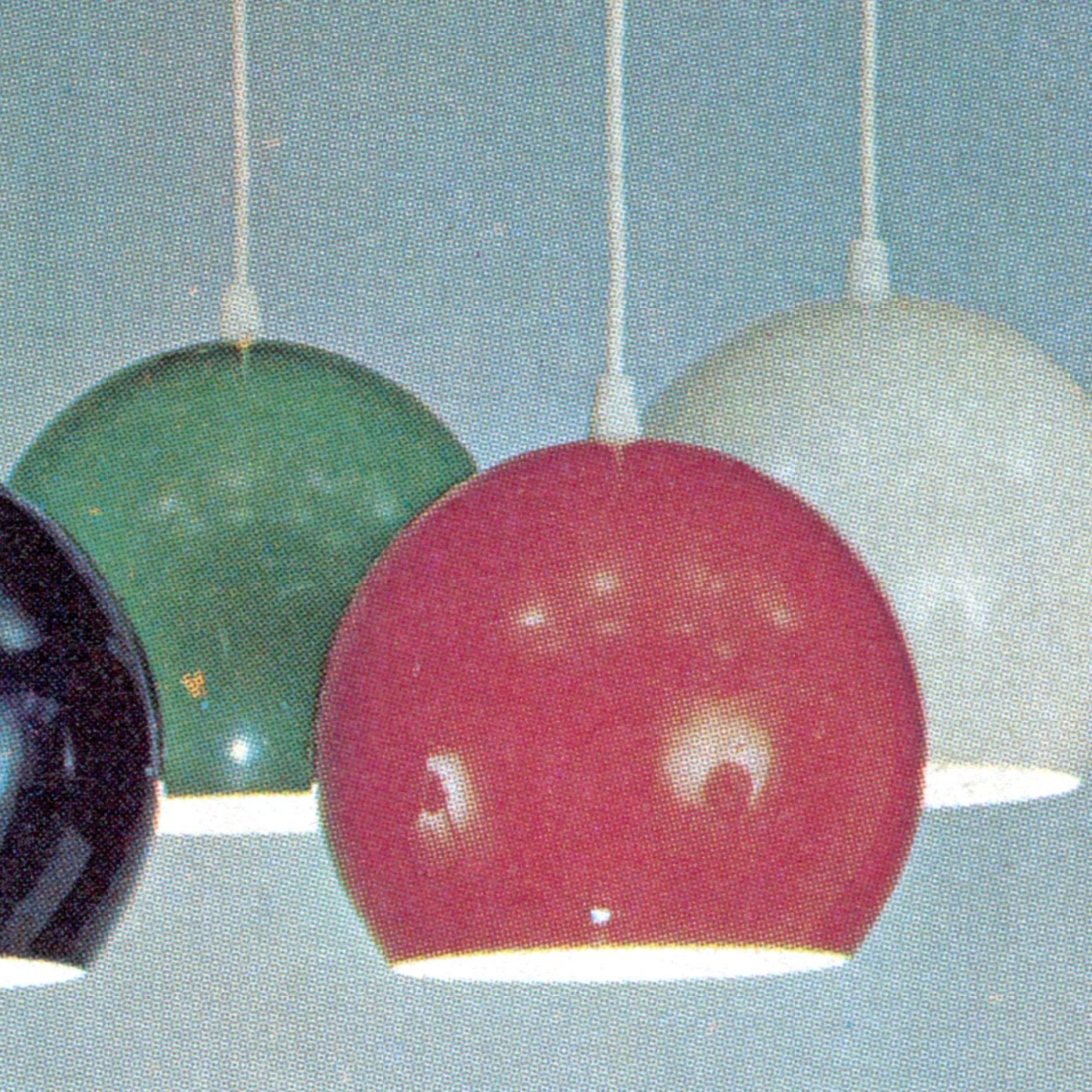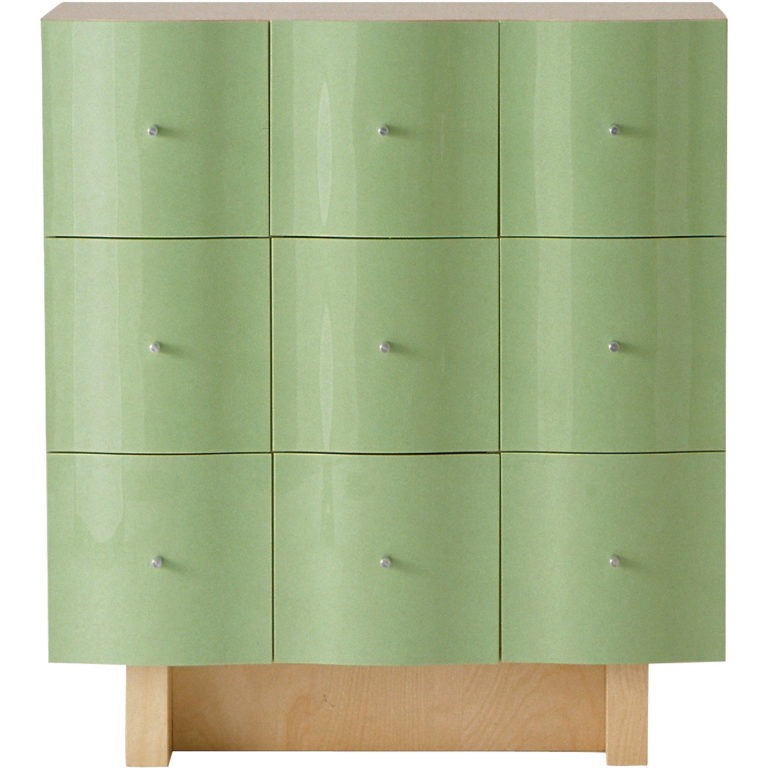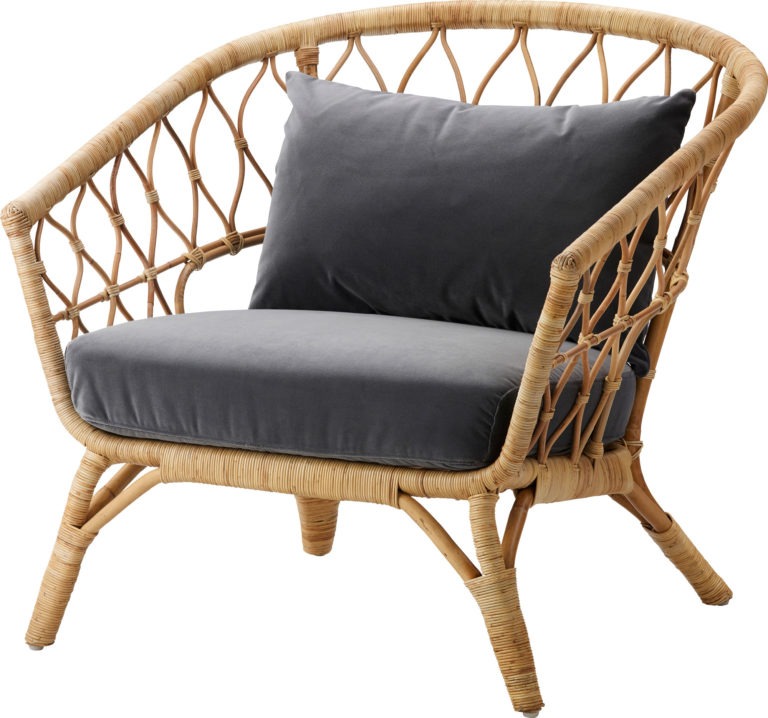ÖGLA was updated many times, based on technical progress, hard work, and a genuine love of the chair itself. This is also why IKEA has always been able to sell it at a low price. Ingvar Kamprad found the original model during a trip to Poland in January 1961. He was there with his father Feodor Kamprad, designer Bengt Ruda and head of purchasing Ragnar Sterte. The aim of the trip was to buy furniture for IKEA. But the four ran into problems from the start as they were not allowed to visit the factories they were interested in. Not until civil servant, engineer and designer Marian Grabinski came along to sort things out and arrange visas could they really get started.
Ingvar Kamprad said: “Early the next morning we took the train to Radomsko, and I’ll never forget creeping around in a dark attic holding candles, looking for tools to make bentwood chairs. We eventually found the chair that would later become ÖGLA. It has been faithful to us for many years.” The model Ingvar found was inspired by the typical café chair designed by Thonet in Vienna, Austria, around the turn of the century. These were often brown, had holes in the seat and were very durable.
IKEA ordered 500 chairs immediately. But when they arrived the engineers discovered that the chair was slightly unstable. A slight adjustment to the leg structure made it far more sturdy and long-lasting. It was made of bent, clear-lacquered beech, and was described in the 1962 catalogue as a “cheerful” and “robust relaxing chair”. A few years later, in September 1964, Swedish interior design magazine Allt i Hemmet ran a well-known test: ÖGLA and four similar, far more expensive, competing chairs were tested. ÖGLA came out on top and became a true best seller.
In the subsequent years, ÖGLA was sold in a wide range of variations. The black-lacquered one was particularly popular. But Ingvar Kamprad was annoyed that the chair wouldn’t go into a flatpack. It was discontinued in about 1978, but after a while Ingvar wanted to give it another chance. He missed ÖGLA and asked designer Gillis Lundgren to try to make ÖGLA in a new way, now in plastic. Gillis turned to countless professors and engineers for technical assistance, but no one could find a material or production technique that worked. Eventually however Rune Ask, a friend of Ingvar Kamprad and an expert in chemistry and industrial engineering, managed to identify the components that would be needed. There was no factory that considered itself capable of making the material, so Gillis and Rune Ask carried on trying until they had made a chair that was plastic and would go into a flatpack. It took four years from prototype to catalogue launch, in 1984, and ÖGLA was once again a big sales success – especially as the updated version could also be used outdoors.
Several times over the years, ÖGLA was improved in various ways to make production more environmentally sustainable, and to bring the price down. Product developers, purchasers and engineers worked hard to take advantage of new technology and innovative ideas to make ÖGLA even better. Sometimes the chair was removed from the range for a while, as work went on behind the scenes. During one such break, in 2018 when IKEA was 75 years old, a slightly updated version of the ÖGLA chair came out, called BJURÅN, and made of beech and beech veneer.

